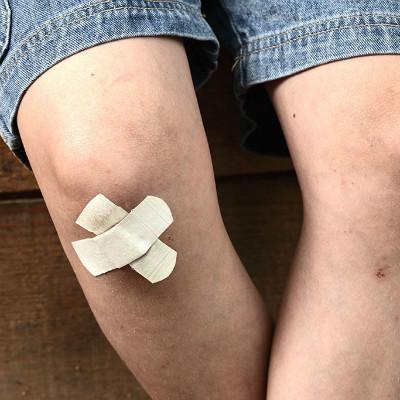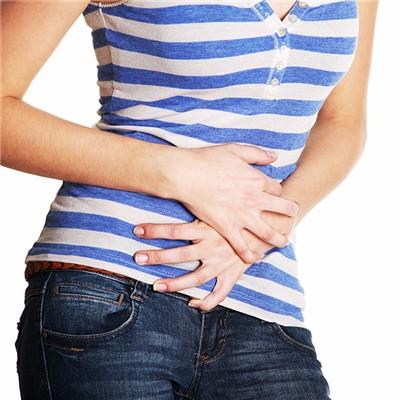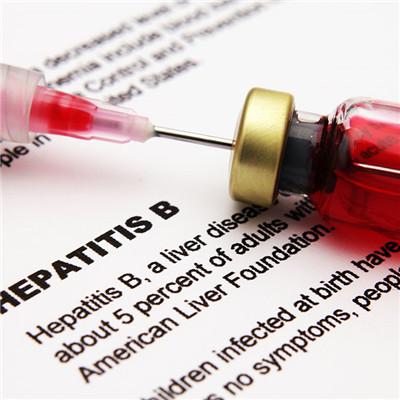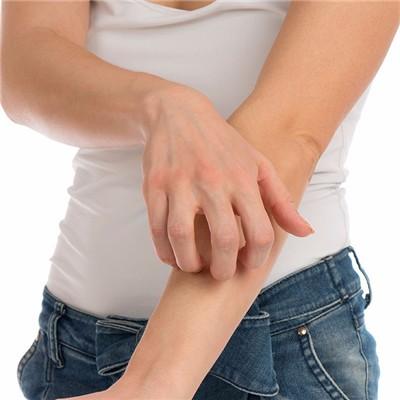What symptom does slight appendicitis have?
summary
Appendicitis is an acute purulent infection of appendix tissue. It is common in young people. It is more common in 20~30 years old. Incidence rate of male is higher than female. According to statistics, acute appendicitis accounts for about 10-15% of the total number of patients in abdominal surgery in the same period, which is the first in surgical acute abdomen. What symptom is appendicitis? Let's talk about it.
What symptom does slight appendicitis have?
1. The main symptom of abdominal pain is abdominal pain, and the typical manifestation is metastatic right lower abdominal pain. Abdominal pain began in the periumbilical and upper abdominal pain, a few hours (6-8 hours) later, abdominal pain transferred and fixed in the right lower abdomen.

2. Early gastrointestinal symptoms are usually accompanied by nausea and vomiting, and children may be accompanied by diarrhea. If pelvic empyema is caused by appendiceal suppuration, the patient will have rectal and bladder irritation symptoms such as diarrhea, urinary pain, etc. If it is caused by gangrene and perforation of appendix, the patient will have the manifestation of paralytic ileus, such as severe abdominal distension, overflow vomiting, disappearance of bowel sounds, etc.

3. Systemic manifestations: in the early stage, the patient often feels weak. When the inflammation is serious, the patient may have toxic symptoms, with faster heart rate and fever, reaching about 38 ℃. When appendiceal perforation occurs, the body temperature can be as high as 39 ℃. If complicated with portal phlebitis, the patient will have chills, high fever and jaundice.

matters needing attention
1. Keep good diet, health and living habits, and don't do strenuous exercise after meals. 2. Timely treatment of gastrointestinal inflammation or other diseases to prevent acute attack of chronic appendicitis. 3. Get out of bed early after operation to prevent intestinal adhesion or even adhesive intestinal obstruction. 4. Guide self-monitoring, and timely seek medical advice in case of abdominal pain or untimely.














